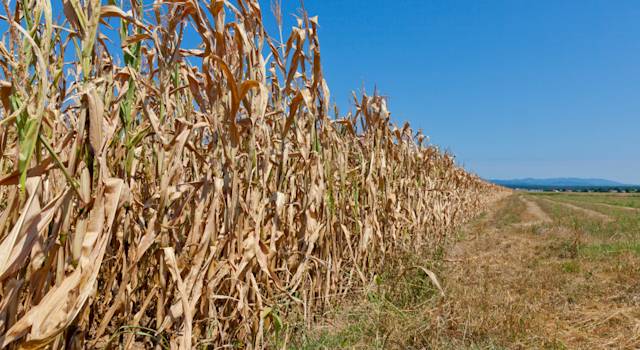No-Till
Learn tips about No-Till.

Managing Voles in No-Till and Cover Crop Fields in the United States
Voles can pose significant challenges for farmers, particularly in no-till and cover crop systems. Read our article to learn effective management strategies for sustaining agricultural productivity.

How to Tackle Weeds in No-Till
In the absence of conventional tillage, growers can turn to other production methods to help control weeds. Consider these cultural strategies to help you successfully manage weeds.


Spring Strip-Till Tips with ETS/Soil Warrior
Join Tyler Williams, ForGround by Bayer Sustainable Systems Agronomist and Sean Arthur, Regional Sales Manager with ETS/Soil Warrior as they discuss considerations for doing strip-till this spring.

Increase Your Bottom Line by Switching to No-Till
We know that no-till is great for the health of our soils and for long-term sustainable agriculture. What we probably don’t talk about enough is how no-till farming can also increase profit margins.

As Good as Gold: How to Safeguard the Value of Your Soil
Farming practices that support soil health can help producers work with the land to reduce erosion, manage water infiltration and improve nutrient cycling.

Landowner Communications Are Critical to Successful Practice Changes or Conservation Projects
As a farmer, you know what’s best for the land you manage, but does the landowner? Opening communication can be key not only to successful practice changes, but also to future conservation projects.

Managing Through Drought Starts from the Ground Up
With drought plaguing much of the Corn Belt this year, strategies to help farmers manage through tough times can make all the difference in growing a successful crop.

Fall Herbicide Applications in No-Till Systems
Winter annual weeds ordinarily controlled by a spring tillage pass require growers in no-till operations to take a more proactive approach to ensure season-long weed control.

